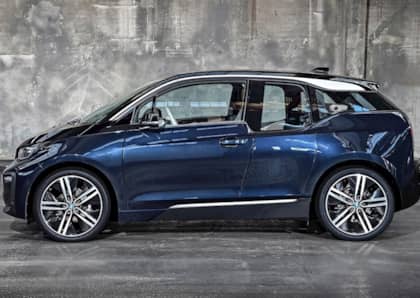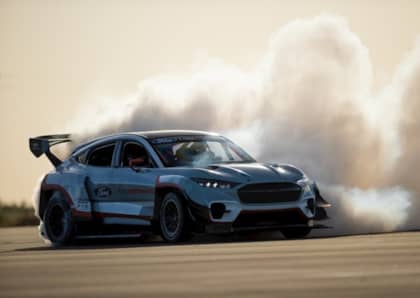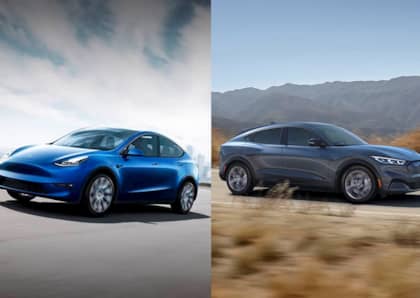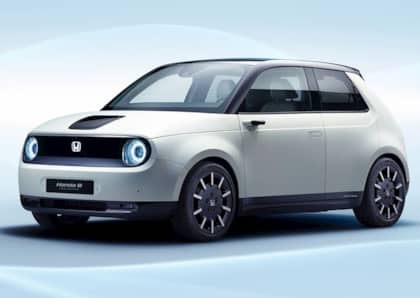Jaguar and Aston Martin Bring Battery-Powered Classic Cars to the Mainstream
A quiet storm is brewing in the hills of England. Where once backyard sheds and local shops produced a plethora of exhaust-spewing, home-built sports cars roaring their way across the countryside to compete in hill climbs, rally events and various club races, several of those same classic models are now being refitted with the sounds of silence.
The era of the electric car promises to usher in many changes to the automotive landscape, but perhaps the most surprising effect so far has been the commitment by two of the world's most respected brands to dive head-first into the battery-powered era by offering a full electric-only re-fit of their most cherished models. Both Jaguar and Aston Martin have made this startling pledge, which comes with a number of equally unusual side-benefits and guarantees that may just have classic fans reconsidering whether it's time to install a charging station in the garage.
Zero Emissions Jag
Jaguar got the ball rolling in 2017 with a project called the E-Type Zero, which took a 1968 E-type roadster and removed its six-cylinder engine, replacing it with a 40 kWh battery pack connected to a 295hp electric motor tucked up in the car's transmission tunnel. Combined with its 332 lb-ft of torque, it was enough to scoot the 0-60 mph in a bit less than the seven seconds it originally ran.
This was no backyard conversion of an auto-show concept kludged together from whatever happened to lying around Jaguar Classic's premises. Used to painstaking full restorations of gas-powered Jags, the Classic team went all out fabricating whatever parts were necessary to preserve or improve the balance of the original car, while at the same time reducing its curb weight by a neat 100 lbs. The electric drivetrain itself was designed specifically to fit within the proportions afforded by the original gas-unit, with no alterations required to suspension, brakes or running gear.
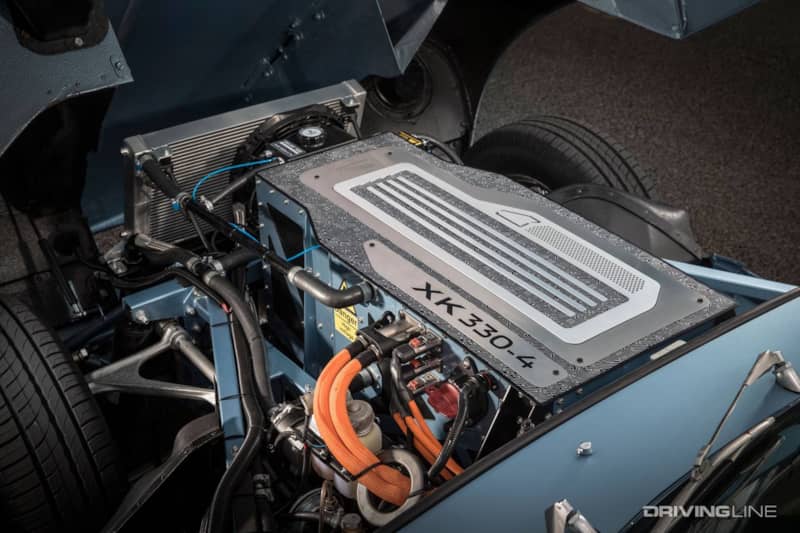
The reception of the Zero was so positive that Jaguar followed through on its plans to offer the same type of conversion to any E-Type owner who wanted to "future-proof" their car. It's a promise that packs an extra punch for European classic drivers wary of being locked out of major cities as a longer and longer list of cities on the continent plan to ban internal combustion vehicles in the coming years.
Jaguar fans can even keep the classic aesthetics if they'd like, with an option to retain the car's original gauges, avoid installing an LCD screen on the dash and keep the LED headlights in the box. The new setup offers up to 200 miles of driving range on a single charge, and topping up the battery from zero takes roughly five hours at 240V. Although the program is currently focused on the E-Type, the electric setup will fit anywhere Jaguar's ubiquitous 4.2L straight six was originally in service.
Best of all? Jaguar claims that the electric conversion is completely reversible, with no permanent changes being made to the E-Type during the process. If owners ever get cold feet—or if they'd prefer to test the market by selling their coupe or convertible with the original drivetrain still intact—it's equally painless to revert to ICE power.
Aston Martin Follows Suit
Aston Martin has adopted a very similar playbook to what Jaguar is offering, although with a broader focus. The company has developed its own plug-and-play electric drivetrain, which it calls an "EV cassette," that can be installed in a wide range of Aston Martin classics using the same mounting points as the original gas engines and traditional transmissions.
The announcement from Aston came roughly a year after Jaguar first tested the classic EV waters, and while the program has yet to be completely fleshed out, some details have been made available. Aston Martin is aiming to maintain the top speed of each of the automobiles it converts, while quickening their straight-line acceleration. It will also be a completely reversible conversion, in the same vein as that offered by its country-mates in Coventry.
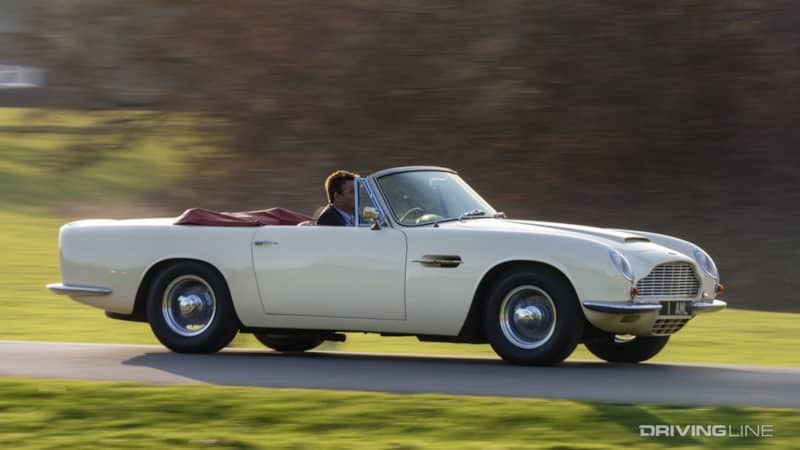
Customer orders are open as of this year for Aston Martin owners willing to drop their rides off at the company's Works, which will handle the transition from grease to greased lightning. Power and range figures are still in flux, but the company plans to make use of components from its upcoming Rapide E full-electric luxury sports car while converting its classics. Currently, the company has done the deed on a 1970 DB6 MkII Volante as a proof of concept.
The Living Past
One of the most compelling aspects of driving a classic car is the sensory overload that comes with it—the smells, sounds, and vibrations that recall a past era of motoring and draw a hard line between the past and the present from behind the wheel.
At first blush, these twin British electrification plans would appear to wipe out those visceral pleasures in favor of a more sanitized experience. There's no question that something would be lost in the transition to electric motivation when considering each brands' stable of exceptional sports cars, but there's also something gained: the ability to keep these gorgeously designed vehicles on the road, where they can continue to be appreciated not just by their owners but also the world at large.
In a world where the long-term prospects of gas-powered cars seems increasingly cloudy, this would seem to be a better option than banishing beautiful sheet metal to a static display in a museum.




